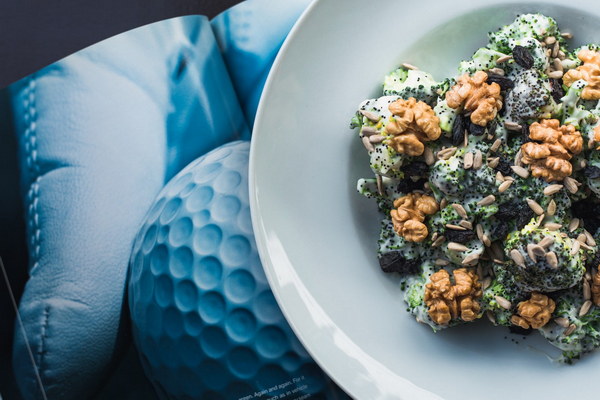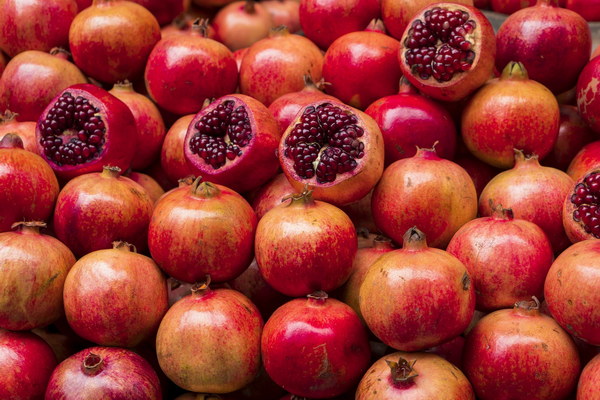Warm Up Your Hands and Feet A Guide to Dietary Remedies for Men's Cold extremities
Introduction:
Cold hands and feet can be quite uncomfortable, especially during the colder months. For men who frequently experience this issue, it's important to address the root cause and find effective solutions. One such solution is dietary adjustments that can help warm up your extremities. In this article, we'll explore various food-based remedies to combat cold hands and feet in men.
1. Increase Iron Intake:
Iron plays a crucial role in the production of hemoglobin, which is responsible for transporting oxygen to your body's tissues. A deficiency in iron can lead to a decrease in oxygen supply to your extremities, causing them to feel cold. To increase your iron intake, incorporate the following foods into your diet:
- Red meat: Beef, lamb, and pork are excellent sources of heme iron, which is more easily absorbed by the body.
- Poultry: Chicken and turkey contain non-heme iron, which is not as easily absorbed but can still be beneficial.
- Fish: Tuna, salmon, and sardines are great sources of iron.
- Legumes: Lentils, chickpeas, and black beans are rich in iron.
- Leafy greens: Spinach, kale, and Swiss chard are high in iron, particularly when consumed with a source of vitamin C to enhance absorption.
2. Boost Vitamin C Intake:
Vitamin C helps your body absorb iron more efficiently. Including vitamin C-rich foods in your diet can improve the effectiveness of your iron intake. Some vitamin C-rich foods include:
- Citrus fruits: Oranges, lemons, limes, and grapefruits are high in vitamin C.

- Berries: Strawberries, blueberries, raspberries, and blackberries are excellent sources of this vitamin.
- Vegetables: Red bell peppers, kale, and broccoli are rich in vitamin C.
- Tomatoes: Both fresh and cooked tomatoes contain vitamin C.
3. Consume Foods High in Vitamin B12:
Vitamin B12 is essential for maintaining nerve function and blood formation. A deficiency in this vitamin can lead to cold extremities. Foods high in vitamin B12 include:
- Meat: Beef, lamb, and pork are good sources of this vitamin.
- Poultry: Chicken and turkey also contain vitamin B12.
- Fish: Salmon, trout, and mackerel are rich in this vitamin.
- Dairy: Milk, cheese, and yogurt are excellent sources of vitamin B12.
- Fortified cereals: Many cereals are fortified with vitamin B12 to help prevent deficiencies.
4. Incorporate Omega-3 Fatty Acids:
Omega-3 fatty acids have been shown to improve blood circulation and reduce inflammation. Foods high in omega-3s include:
- Fish: Salmon, mackerel, sardines, and tuna are great sources of omega-3s.
- Flaxseeds: These seeds are a rich source of alpha-linolenic acid, which is a type of omega-3 fatty acid.
- Chia seeds: Similar to flaxseeds, chia seeds provide omega-3s.
- Walnuts: Walnuts are another good source of omega-3s.
5. Stay Hydrated:
Proper hydration is essential for maintaining healthy blood circulation. Drink plenty of water throughout the day to ensure your blood is flowing smoothly.
Conclusion:
Cold hands and feet can be a sign of an underlying deficiency or poor circulation. By incorporating the right dietary adjustments, you can help warm up your extremities and improve your overall well-being. Remember to consult with a healthcare professional before making significant changes to your diet or if you suspect an underlying health condition.









